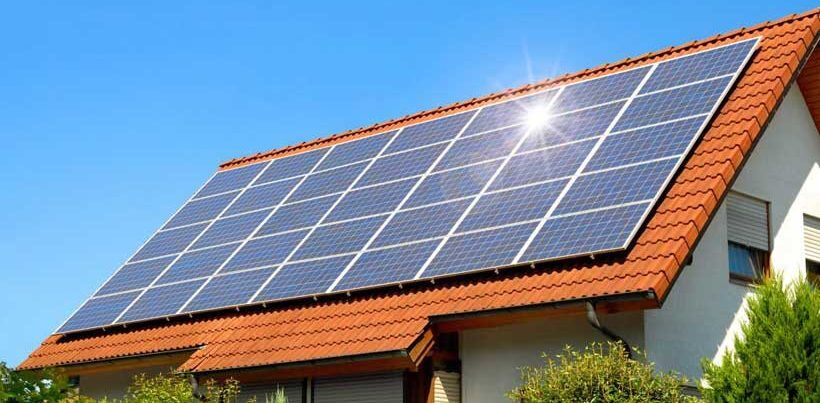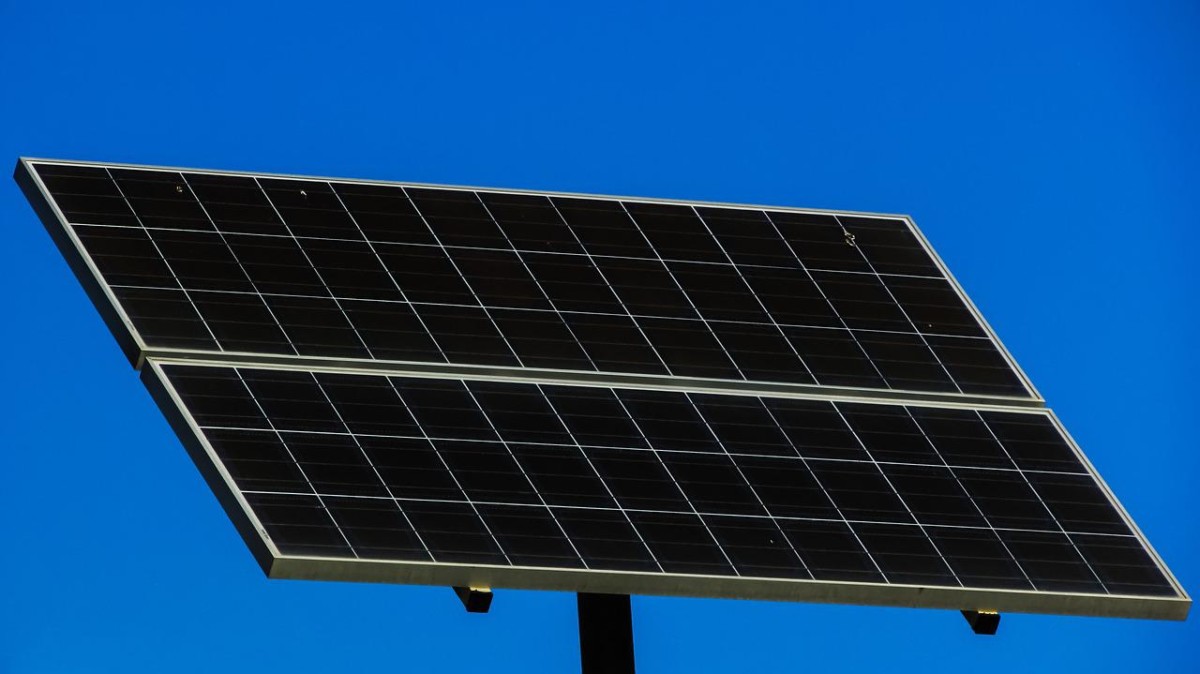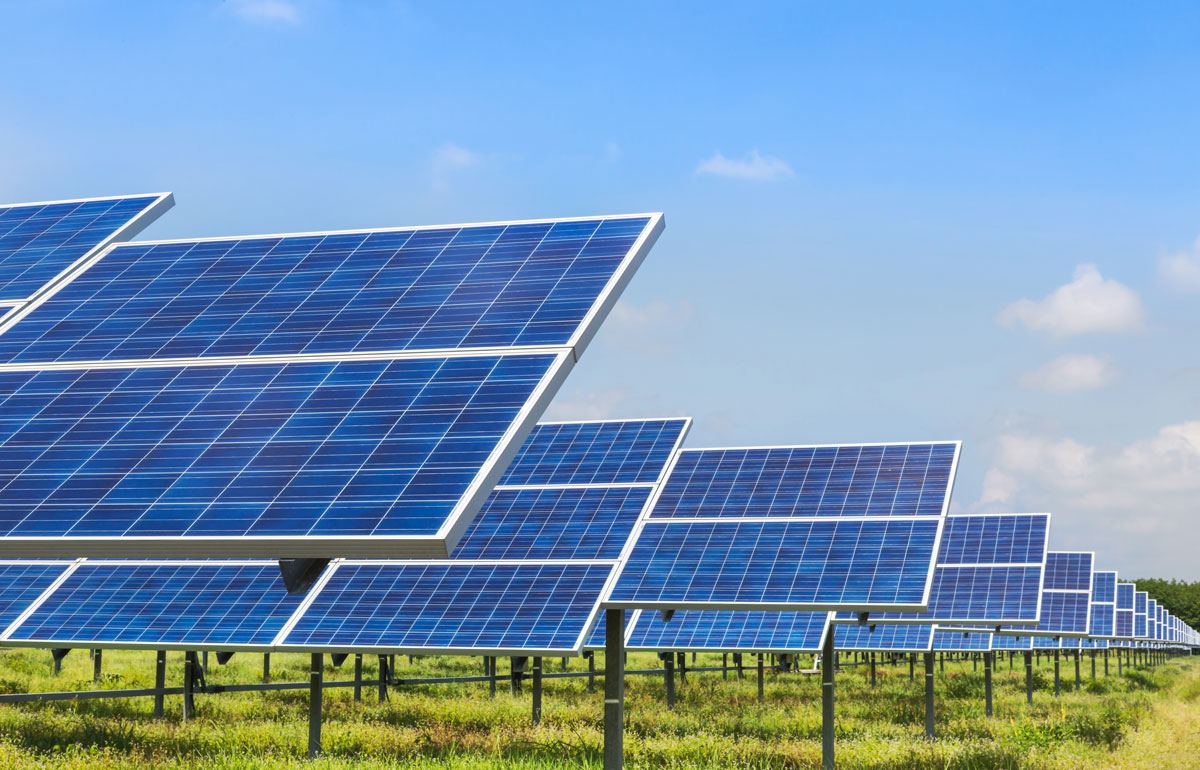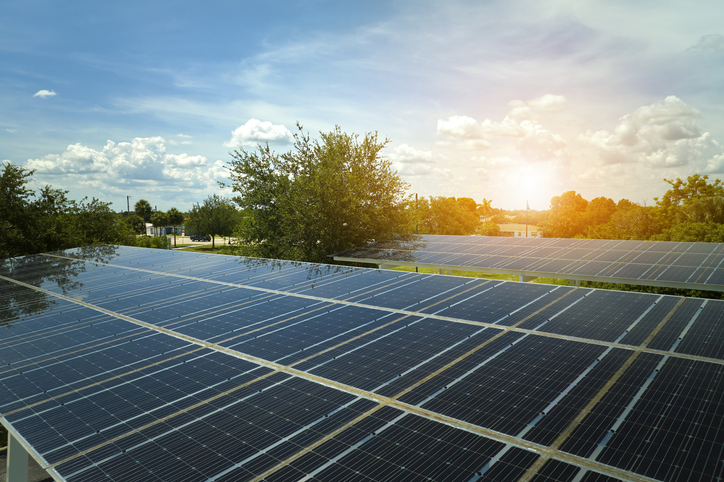Solar Cell Efficiency
Monocrystalline Silicon Cells
Monocrystalline cells are known for their high efficiency (usually between 15% to 22%). This is equivalent to an efficiency whereby they can convert respectively 15% to 22% of the solar energy they capture into electrical energy. Because monocrystalline silicon cells are so efficient they are fantastic for applications where there is limited space yet the need for high power output, such as with residential rooftop installations or for solar power vehicles. This is on account of the fact that they use highly purified silicon which enhances the electron flow which in itself ensures higher energy production.
Polycrystalline Silicon Cells
Polycrystalline silicon cells, in contrast, typically fall between 13% and 18% efficiency. The cells are made out of melted-together silicon crystals -- a process that is actually slightly cheaper than even the one used with monocrystalline silicon. The lack of efficiency is the result of boundaries in the crystal structure of polycrystalline silicon cells that slow the flow of electrons. However, they remain a cost-effective choice for larger installations and in locations where land area is not a limiting factor.
Thin-Film Solar Cells
Advantages and Challenges of Thin-film Solar cells They have efficiency variability of 10% to 18%. These are built by placing one or more thin layers of photovoltaic material (photovoltaic means basically it converts the sunlight into electricity) on a substrate. The biggest advantage of thin-film solar cells is that they are cheaper and that you can apply them on things that have no h=straigth surfaces like buildings. The decreased efficiency is usually offset by lower cost of manufacturing and the versatility of applications.
Emerging Technologies
Current developments for increasing efficiency of solar cells include perovskite and organic photovoltaics, which have proved promising efficiency in the lab greater than 20%. These materials are still in commercial development, but they offer even higher efficiencies and may be cheaper. Scientists are also trying to improve the stability of these materials to withstand those real-world conditions for extended periods.

Intended Use and Application
Residential Use
In a home setting, you can expect a normal solar power panel to be around 65′′ x 39′′- being able to produce an average of 250-350 watts per panel. These are also dimensionally optimized for rooftop installations where available space and structural capacity allow for installation of multiple panels to meet higher energy requirements.
Commercial Settings
In commercial applications, larger panels are commonplace because, of course, commerical buildings require a lot more power. These panels, which can be as large as 78 inches by 39, typically produce between 400 w and 500 w each. For businesses with a larger energy demand, this bigger panel can prove to be more efficient, as to produce the desired amount of energy, fewer panels are required, making the installation and maintenance easier and space more productive.
Portable Applications
On the other hands portable applications such as camping or emergency power supplies, solar panels are much smaller in size and flexible. They come as small as a smartphone size for charging individual devices (5 to 15 watts), and as large as 20 inches by 14 inches, capable of 100 to 200 watts to power small appliances.
Specialized Applications
On an even broader scale, the size of the panels more closely to specialized applications like solar farms. Solar farms take up large swaths of land with panel arrays that can produce overarching volumes of electricity, and as a result many of the array panel sizes and layouts are tailored to meet the needs of the local land and sun. Assembled here in very specific sizes and configurations, in loose relation to geographic and meteorological data so as to work as efficiently as possible over large areas.
Available Installation Space
Lack of Space in Residential Rooftops
In the case of residential properties, the actual square footage of available roof space often dictates how large and how many solar panels can be installed. The ususal home roofs in U.S. could ukardly have 1,500-square-feet live able space With a regular solar panel of 17.5 square feet and 300 watts worth of power, 30 to 40 panels should do the trick for most household owners. That combination might furnish an energy generation amount equivalent to a large percentage of the household demand, depending on local sunlight hours and the direction of the roof slope.
Commercial Building Rooftops
Flat rooftops on commercial buildings are often significantly larger to facilitate installing a larger solar array. A commercial building may have a 10,000 sq ft roof, which can hold a bigger, roof-mounted solar system compared to home solar. Commercial panels will likely be larger and can be more efficiently used here (thus taking advantage of economies of scale). Higher-efficiency panels, which convert sunlight to electricity more effectively, is a top choice of businesses trying to squeeze as much power as possible out of limited roo perfor us space, important for big energy users.
Ground-Mounted Systems
Ground-Mounted: While a bit less common, ground-mounted solar systems can be a great option in rural or suburban locations with enough land where enough land that meet the requirements that would preclude a solar installation from the rooftop of a home. These systems can cover a larger area and be pointed directly at the sun to create the most possible energy. For comparison, a 1 acre plot of land could theoretically host around 200 kW of solar panels – assuming very good land use and shading motivations.
BIPV (Building-Integrated Photovoltaics)
Building-integrated photovoltaics (BIPV) is a novel approach in which the solar panels are incorporated to building materials, such as windows, facades, or even roofs. This method can be particularly useful in urban areas where traditional panel installation might be a no-go, such as for aesthetic or structural reasons. These can be immeasurably large or tiny and range greatly in efficiency, although they are customarily made to make efficient use of available building surface.
Solar panels can be portable and flexible
Portable and Flexible Solar Panels Alternatives, for situations where standard panels aren't practical. These are good for temporary setups or for portable applications such as RVs and boats. Flexible panels that can be assembled to cover curved surfaces are particularly beneficial in getting the most out of a small or irregular area. While they tend to have lower wattage, they are something you cannot do without in real-life installations where space is limited and installation practices are diverse.

Material and Technology Advancements
Improvements in Monocrystalline Silicon
However, monocrystalline silicon continues to rule high-efficiency solar panel production with advancements in purification and manufacturing processes. This means that supplying larger wafers does not necessarily reduce efficiency — in fact, some manufacturers are now offering efficiencies up to 24%, thanks to increased wafer sizes. This advancement lowers the number of panels required to produce the same wattage, affecting the size and amount of panels a solar system may have.
New Polycrystalline Silicon Advancements
The company believes these same advances have led to improved performance of its multi-crystalline silicon, which have generally suffered from defects that limit performance. Advances have driven the efficiency of polycrystalline panels to nearly 20% efficient — just 2% below the best of the best. These panels are typically cheaper than those made of monocrystalline, making them an attractive option for large installations that must balance between panel size and budget.
Thin-Film Technology Progress
A new chemical deposition process for thin-film solar panels has helped make the cheaper and more flexible panels more efficient and more durable than ever. The promise has been seen in two common types of thin-film panel materials, cadmium telluride (CdTe) and amorphous silicon, which have undergone separate efforts to boost efficiency. The newest CdTe thin-film panels, for example, will be able to convert sunlight to electricity at about 18 percent efficiency, which should enable bigger deployments installed with less land than traditional silicon panels.
Perovskite Solar Cells
Perovskite materials are the poster child of that other, incredibly promising development in solar technology. In the laboratory, perovskite solar cells have shown efficiencies above 25 percent. Some day, these too could be made inexpensively and to just about any size and shape, as they can be printed using relatively simple techniques.
Bifacial Technology Integration
Because bifacial solar panels collect light on both their front and rear sides, they are also becoming more popular, as they let you generate more electricity from the same panel size. What this technology does is increase the amount of power capable of being derived per square meter of panel, reducing the overall area requirement of any given installation. Bifacial panels also work excellent in sandy or snowy environments (where albedo is high).



